Fed cautious in decision to cut interest rates
The Fed's moves after regular meetings are always watched carefully by economists around the world. However, with signs in the past few months, many economists have suggested that the Fed could lower interest rates in 2024.
At a Fed meeting with small businesses in Pennsylvania in October, Julie Keene, founder of Flinchbaugh's Orchard & Farm Market, said her family's farm had been struggling with inflation for the past two years. Fed Chairman Jerome Powell said at the time that he had found a way to cool it.
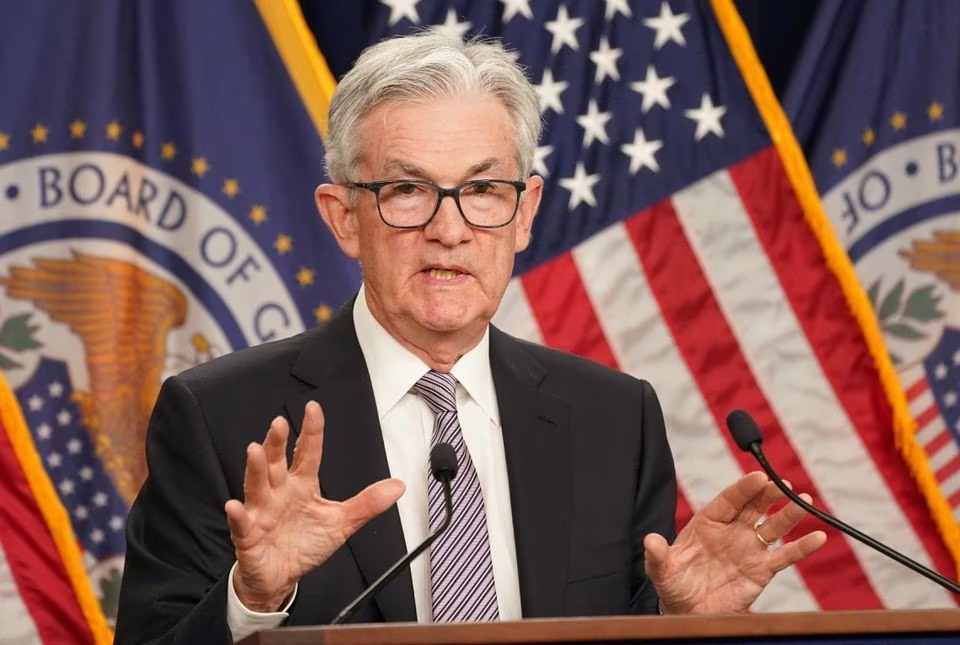
Many economists hope the Fed will lower interest rates in 2024 (Photo TL)
In fact, the inflation situation in the US has been more complicated than the Fed predicted. This makes the Fed have to consider whether to maintain the momentum of raising interest rates to deal with inflation or risk cutting interest rates to boost the growth momentum that is slowing down.
Regarding the Fed's move, this agency has stopped raising interest rates since July. Interest rates have been pushed up to 5.25% to 5.5%, the highest level in the past 22 years. The Fed's increase in the basic interest rate has affected business loans and credit loans of the entire US economy as well as many related countries.
However, the Fed's pause in raising interest rates and its cautious stance for months on end have raised hopes among economists for a change in 2024. "It's very unlikely that the Fed will cut rates and then decide to raise them again," said David Wilcox, a former Fed economist now at the Peterson Institute for International Economics. "They'll have to be as ready as possible when they start cutting rates. And there's a lot of evidence that inflation is cooling."
Fed rate cut prospects
In the current situation, maintaining interest rates will lead to two risks for the Fed. If the easing policy for the economy is applied too late, unemployment and interest rate pressure will weigh on the economy. If the policy is eased too soon, inflation will return and the Fed will have to accept a higher inflation target, at 3% instead of the previously proposed 2% target.
One obvious example of the impact of tight monetary policy is rising raw material prices. Flinchbaugh's Foods said its profit margins have fallen sharply as the costs of raw materials, fertilizers and labor have skyrocketed over the past year.
However, in recent months, there have been many signs that inflation and wage growth have cooled down. Tim Duy, chief economist at SGH Macro Advisor, said that the Fed's rate hikes and policy tightening were actually aimed at restoring price stability. Thus, when inflation shows signs of cooling down, the Fed is likely to cut interest rates soon to avoid a major recession.
Two scenarios for Fed rate cuts based on economic conditions
Falling inflation will be the basis for the Fed to consider cutting interest rates. Chicago Fed President Austan Goosbee said in an earlier interview that the Fed will return to the scenario that it has implemented in previous recessions. That is, the Fed will cut interest rates when the economy slows down, the unemployment rate increases more than expected to limit the negative risks of the policy.
In the second scenario, even if the economic indicators remain positive, the Fed will still cut interest rates back to near pre-pandemic levels. At the same time, keep interest rates stable.
Fed Governor Christopher Waller has said that a rate cut could come next spring if inflation does particularly well.
"If inflation continues to cool for a few more months, I don't know how long it will take, three, four, five months, but we believe inflation is really cooling down. Then we can lower interest rates," said Christopher Waller. This statement opened up great hope in the possibility of the Fed cutting interest rates by the second quarter of 2024 at the latest.
Source


![[Photo] General Secretary To Lam works with the Party Committee of the Fatherland Front and Central organizations](https://vphoto.vietnam.vn/thumb/1200x675/vietnam/resource/IMAGE/2025/6/23/a252b388e91447ac8fabf948c00f2a21)
![[Photo] Prime Minister Pham Minh Chinh chairs conference to accelerate disbursement of public investment capital, deploy key projects and eliminate temporary and dilapidated houses](https://vphoto.vietnam.vn/thumb/1200x675/vietnam/resource/IMAGE/2025/6/23/fcb205e3ca19432eac326f55123308f4)
![[Photo] Prime Minister Pham Minh Chinh chairs national online conference on new rural construction and poverty reduction](https://vphoto.vietnam.vn/thumb/1200x675/vietnam/resource/IMAGE/2025/6/23/0d239726be21479db1ea6d8d77691a6d)



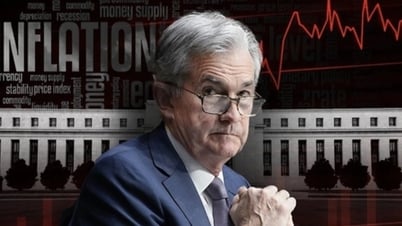



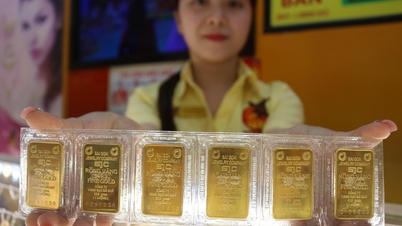





















































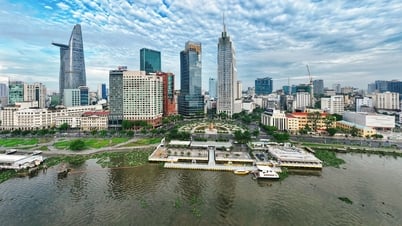

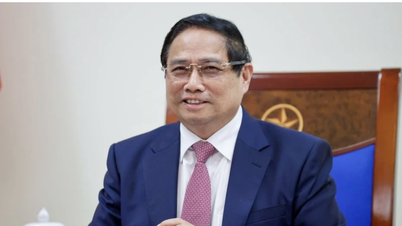

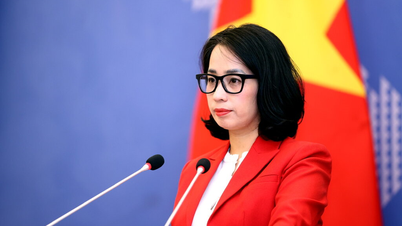









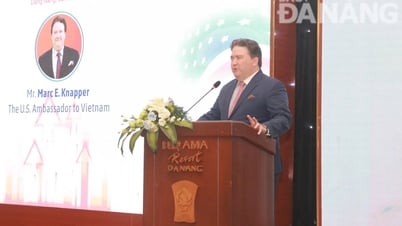



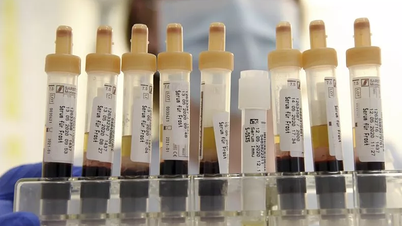



















Comment (0)